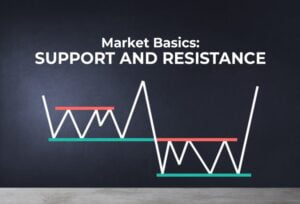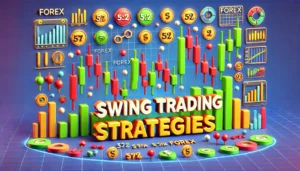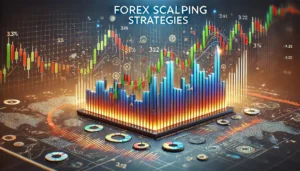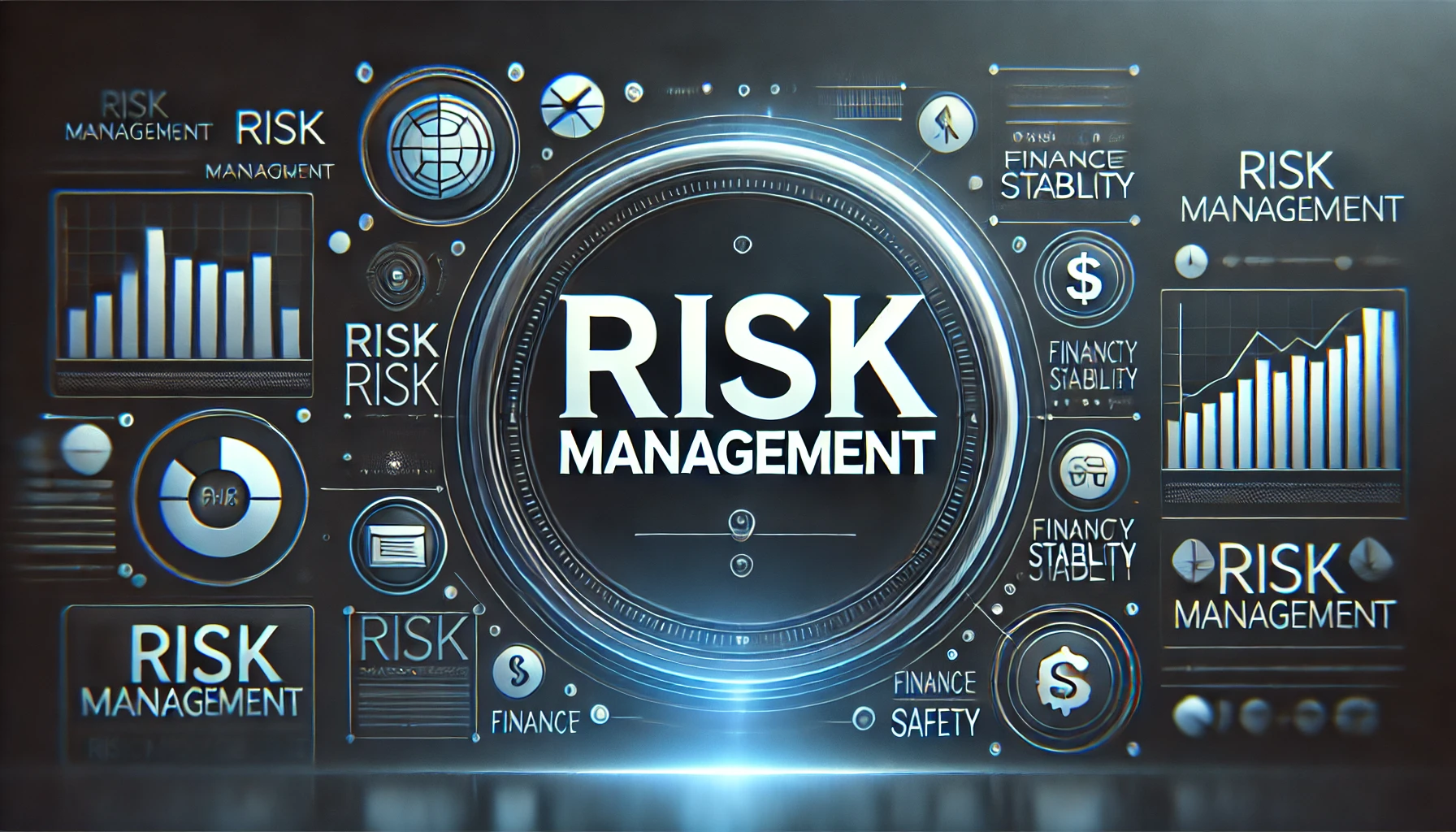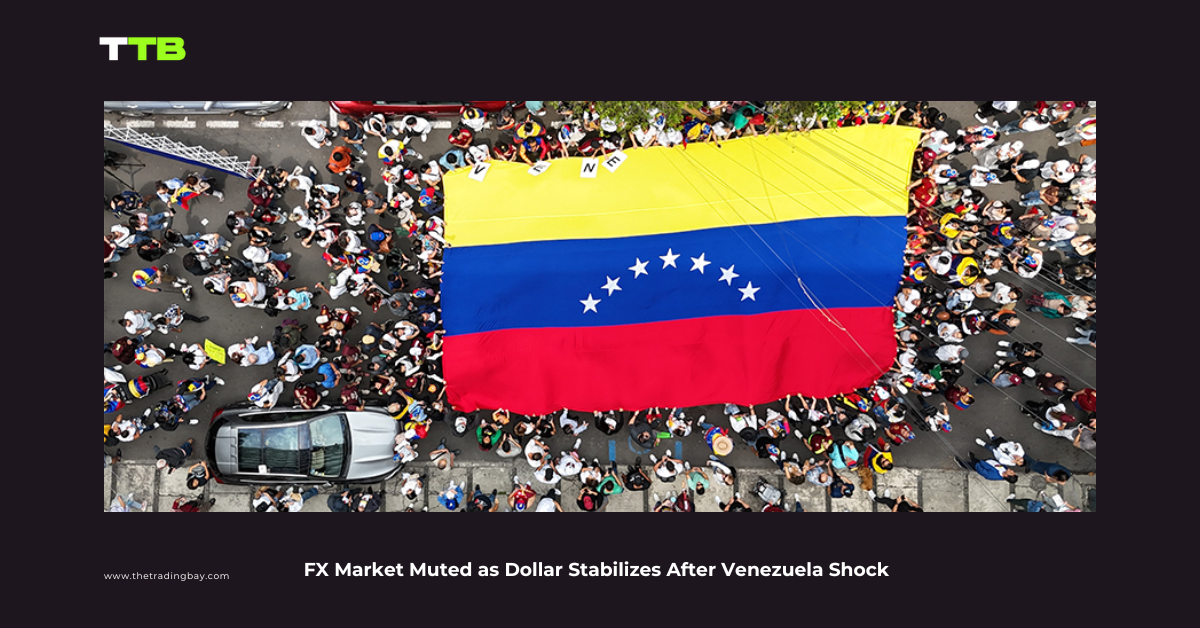While many new forex traders enter the market with dreams of quick wealth, the reality is far different. Truly profitable trading is not an overnight venture, but a journey requiring time, dedication, and unwavering commitment. To succeed in the long run, traders need to exercise patience and constantly hone their skills.
Understanding Forex Risk Management
Forex risk management is the set of strategies and actions that traders employ to safeguard against the potential downsides of a trade. Engaging in the forex market inevitably involves risk – and while higher risks can lead to substantial returns, they can also result in significant losses. Thus, striking a balance is essential: managing risks to limit potential losses while also positioning oneself for maximum gains. This equilibrium is what sets trading apart from mere gambling.
Here are seven essential risk management rules every trader should incorporate into their strategy:
1. Determining your risk tolerance
Understanding risk tolerance is pivotal in forex trading. It is the bedrock of any solid risk management strategy and can greatly influence a trader’s success or failure in the volatile forex market.
Every trader has a unique risk threshold. This threshold is essentially a combination of two factors:
- Psychological capacity: It refers to how much financial loss one can handle emotionally. A trader who loses sleep over a small dip in their portfolio likely has a lower risk tolerance than someone unfazed by significant market downturns.
- Financial capacity: This is the actual monetary amount a trader is willing, and can afford, to lose without severely affecting their financial health.
Central to forex risk management is gauging your own appetite for risk. Essential questions to ask include:
- How much am I prepared to lose on a single trade?
- How would a potential loss affect my overall financial situation and trading future?
For those new to forex trading, it is generally recommended to risk no more than 2% of the total account value on any given trade. This conservative approach accounts for a beginner’s lack of experience and familiarity with the market dynamics.
Comprehending and respecting one’s risk tolerance is crucial for successful forex trading. It is an ongoing process of introspection, evaluation, and adjustment, ensuring traders remain both financially and psychologically poised for success.
2. Always utilize a stop loss
Another crucial risk management principle is the judicious setting of stop-loss orders. These predetermined exit points can be the difference between a strategic setback and a devastating loss.
Stop loss orders function as predetermined exit strategies, automatically triggering a trade closure once a certain price threshold is met. Their primary purpose is to minimize potential losses by capping them at an acceptable level. Moreover, knowing the trader’s exit point in advance eliminates emotion from the decision-making process, allowing traders to stave off substantial losses.
Randomly setting stop loss or take-profit points can lead to sub-optimal outcomes, for instance:
- Fixed-size errors: Simply setting a stop loss at a consistent size for all trades does not account for market volatility or the specifics of each trade.
- The gambling trap: Basing stop losses on the total account balance, akin to an ‘all or nothing’ strategy, is not strategic but rather speculative.
Ultimately, it is essential to get the risk/reward ratio right. Risking double the potential reward can lead to long-term losses, setting you on a challenging path. Whereas, the 1:1 ratio extends a balanced approach to trading where for every dollar you are willing to risk, you aim to gain another dollar.
3. Limiting the use of leverage
While leverage can be a powerful tool in the hands of forex traders, wielding it with care and prudence is paramount. Embracing the principle of limiting leverage not only ensures risk mitigation but also fosters a disciplined and balanced trading approach. As with many things in life, moderation and a thorough understanding of one’s risk tolerance are key.
While it is tempting to focus on the potential for increased profits, the reverse side of the coin is the risk of exacerbated losses. A modest adverse movement in currency prices can severely dent a trader’s capital if they are overly leveraged. By limiting leverage, traders ensure that they have enough capital left to trade another day, even after unfavorable market moves. This approach aids in long-term trading sustainability.
On another note, it is observed that traders with smaller balances tend to employ higher leverage than those with larger account sizes, which can lead to disproportional losses. By adhering to the principle of limiting leverage, even traders with smaller balances can safeguard themselves from catastrophic losses.
4. Set realistic profit expectations
Another foundational principle of risk management is setting realistic profit expectations. Without the right expectations, traders can often fall into patterns of behavior that expose them to significant losses.
One of the reasons new traders take unnecessary risks is their skewed perception of the market, driven by overconfidence or lack of understanding. They might believe that the more aggressively they trade, the higher their returns will be. However, this is often far from the truth.
Moreover, as part of the domino effect, when unrealistic strategies do not pay off, traders may find themselves even further from their goal. This can lead to a cycle where they take on even more risk in an attempt to recover, compounding their losses.
Moreover, underperformance can result in disappointment, frustration, and stress, especially when a trader’s expectations are not met. This emotional toll can affect decision-making in future trades, pushing the trader further off course.
The Path of Steady Returns
Trading is not always about striking gold every time, but about timing your moves accurately. Recognize that sometimes bypassing a chance can shield you from potential pitfalls. Ace traders usually play the long game, prioritizing stable growth over fleeting victories. This not only cushions them from downfalls but also helps them hone their skills without trading with high stakes.
5. Trade the assets with a lesser correlation
In the forex market, understanding the correlation between currency pairs is essential for risk management.
Holding multiple currency pairs that all have a high correlation can lead to a lack of diversification in a trader’s portfolio. This is because all these pairs are likely to respond similarly to market changes.
On the other hand, by trading currencies with lower correlation, traders can truly optimize their trading results. This means that even if one currency pair suffers a downturn, another might remain stable or even appreciate, offsetting potential losses.
Read More:
https://thetradingbay.com/top-5-minute-forex-scalping-strategies-for-starters

